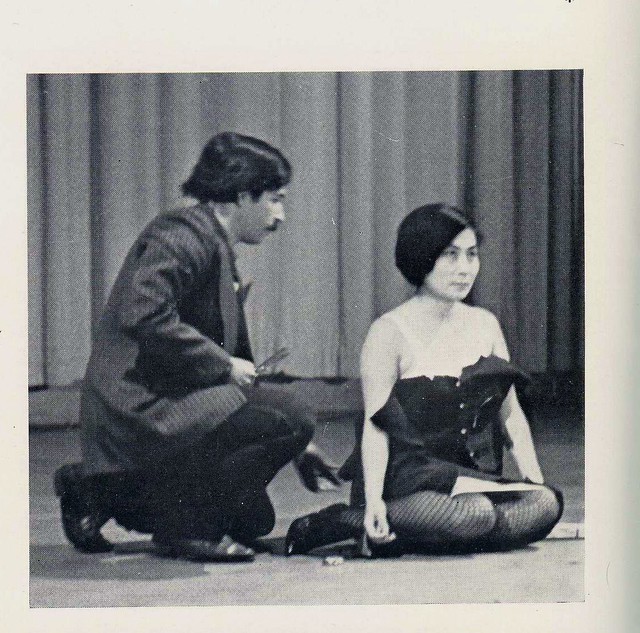
What is the content of the work and who is creating it?
“What Is A Designer” is a crowd-sourced piece that utilises Google Slides to allow non-predetermined participants to freely express their opinion of what a designer does.

Here we see a wide variety of definitions, in terms of content and visual style
Where does this work take place?
This work technically resides online, but theoretically it takes place within campus and possibly extends off-campus, within Singapore.

How does this work involve social interaction?
A social interaction is defined as an exchange between two or more individuals, essentially a building block of society. The medium of Google Slides allow participants to freely view others’ contributions, thereby allowing for a certain aspect of influencing their preconceived opinion before the fact. Participants are encouraged to freely express their opinion on their own terms, choosing their font, pictures etc. Interestingly, there is quite a wide gamut of tastes as seen from the contributions; classy, goofy, artistic, simplistic, retro etc.

How is your crowd-sourced project different from one that is created by a single artist/creator?
The content of the piece is a highly-opinionated piece that requires input from others, therefore crowd-sourced participation is an essential element. A collaborative piece as such highlights the nature of the Internet as a highly flexible medium. Traditionally, the Internet was conceived as a means of exchanging information. With the advent of social platforms, e-commerce, blogs, web apps etc, the Internet has gained the ability to support collaboration and interaction across the world in unprecedented ways.
Here, through the simplistic use of a highly sophisticated tool like Google Slides, collaborators are empowered to co-create a piece of work in near real-time(something considered ‘futuristic’ just a decade ago) in an almost uninhibited manner(fonts, pictures, video or audio).
‘Art’ or, for that matter, any piece of work, no longer has to be a solo endeavour. Through platforms like DeviantArt, Behance, ArtStation and many others, art has turned ‘collaborative’. These platforms facilitate ‘exchange’ of ideas, through inspiration and derivation. The pastiche nature of art has been elevated like never before since the birth of the Internet. Arguably, a crowd-sourced project like this is definitely achievable pre-Internet. However, there is a lack of immediacy, directness and freedom of expression when conducted face-to-face. In the digital age, there is increasing value in numbers, speed and breadth. Crowd-sourcing via the Internet allows an artist to invite the world, all at once, to participate.







